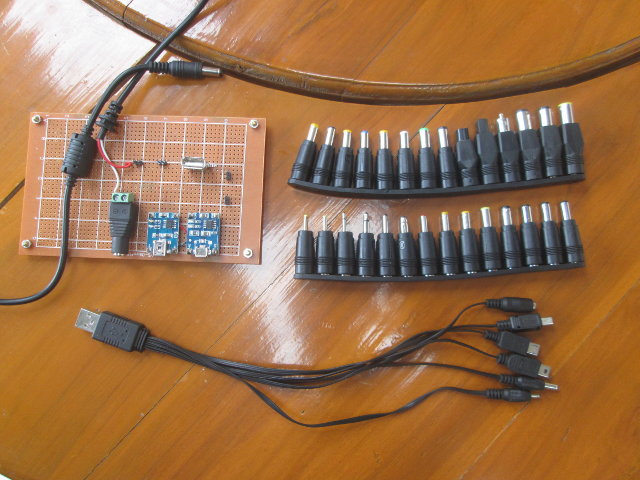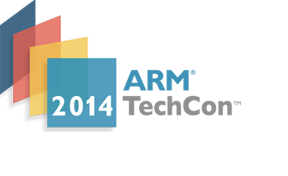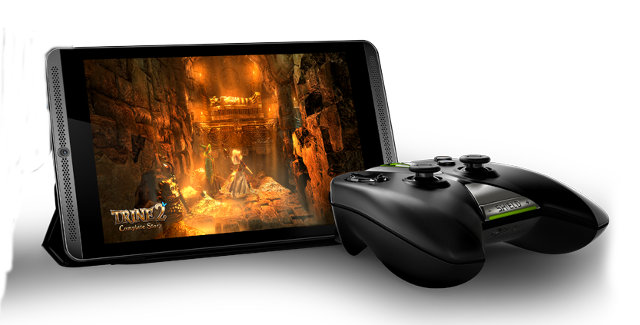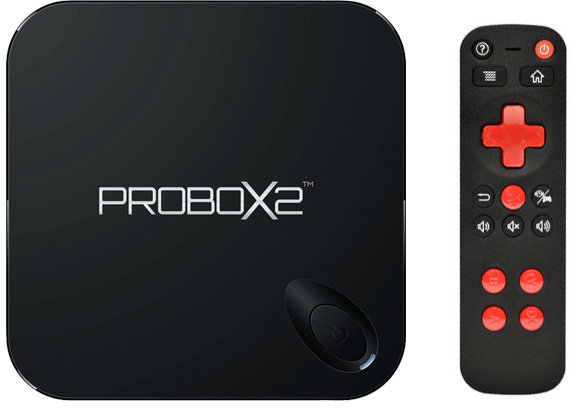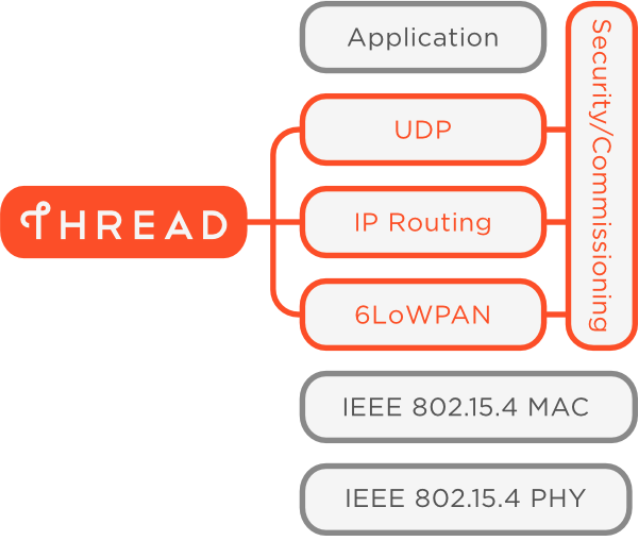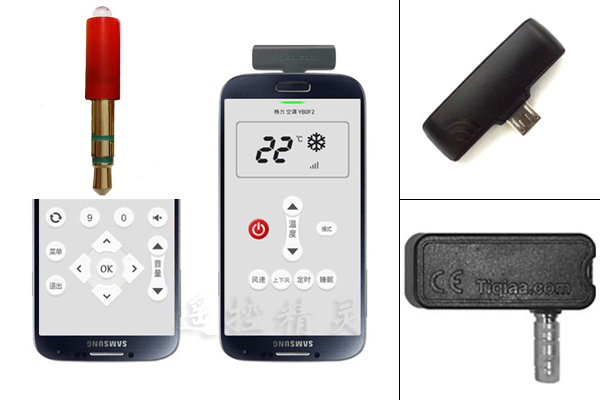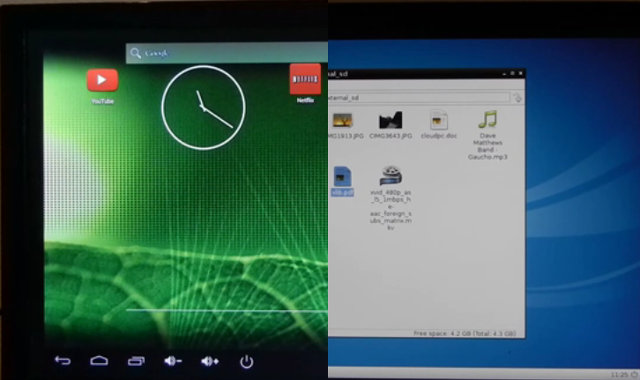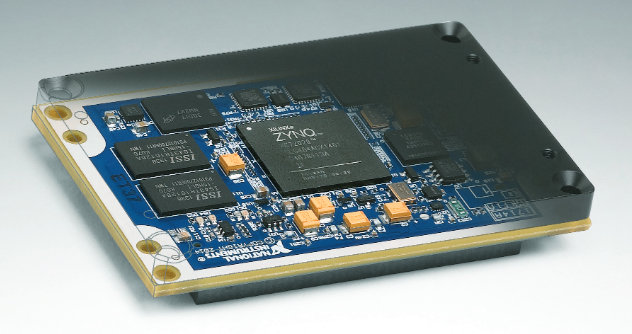When I review media player or development boards, I’m often asked about power consumption figures. One way to measure power consumption is to use a Kill-a-Watt, but for low power devices it’s not always accurate enough, and it also includes the heat dissipation from the power adapter, which may or may not be useful depending on what you want to measure. For USB powered devices or boards, an easy way to measure power consumption is to use CHARGER Doctor, a small $5 USB dongle that displays both voltage and current alternatively. Unfortunately, most products I’ve received lately use barrel type connectors, so this little tool has not been as useful as I hoped. The only solution is then to measure voltage and current with a multimeter. Voltage is measured in parallel, so you just need to point the multimeter’s leads where you want to perform the measurements. However, the current […]
ARM TechCon 2014 Schedule – 64-Bit, IoT, Optimization & Debugging, Security and More
ARM Technology Conference (TechCon) 2014 will take place on October 1 – 3, 2014, in Santa Clara, and as every year, there will be a conference with various sessions for suitable engineers and managers, as well as an exposition where companies showcase their latest ARM based products and solutions. The detailed schedule for the conference has just been made available. Last year, there were 90 sessions organized into 15 tracks, but this year, despite received 300 applications, the organizers decided to scale it down a bit, and there will be 75 session in the following 11 tracks: Chip Implementation Debugging Graphics Heterogeneous Compute New Frontiers Power Efficiency Safety and Security Software Development and Optimization Software Optimization for Infrastructure and Cloud System Design Verification There are also some paid workshops that take all day with topics such as “Android (NDK) and ARM overview”, “ARM and the Internet of Things”, or “ARM […]
Nvidia Announces Tegra K1 based Shield Tablet with Game Controller and Stylus
After the Shield game console, Nvidia has now announced the Shield Tablet powered by Nvidia Tegra K1 quad core processor, and specifically designed for gamer with a kickstand to adjust the inclination of the 8″ display, and a Wi-Fi Direct game controller with low latency, including a built-in stereo headphone jack and microphone. Shield tablet specifications: SoC – NVIDIA Tegra K1 quad core Cortex A15 @ 2.2 GHz processor with a 192 core Kepler GPU System Memory – 2GB RAM Storage – 32 GB (WiFi+4G LTE) or 16 GB (WiFi-only), and micro SD slot Display – 8″ multi-touch display; 1920×1200 resolution Video Output – 1x mini HDMI output Audio I/O – Front facing stereo speakers, dual bass reflex port with built-in microphone, 3.5 mm stereo headphone jack with microphone support Connectivity – Wireless 802.11n 2×2 Mimo 2.4 GHz and 5 GHz Wi-Fi, Bluetooth 4.0 LE and GPS / GLONASS Cellular […]
Probox2 EX Quad Core Android Box Comes with an Air Mouse Designed for Gaming
Probox2 EX is an Android TV Box with an enclosure similar to MX3, but with better hardware including Amlogic S802-H, 16GB eMMC Flash, 2GB RAM, dual band Wi-Fi, and more, and an interesting RF air mouse dubbed “Remote+” that can also be used for playing games, and audio chat. Probox2 EX specifications: SoC – AMLogic S802-H quad core ARM Cortex A9r4 at 2.0GHz with ARM Mali-450MP6 GPU up to 600 MHz System Memory – 2GB DDR3 Storage – 16GB eMMC Flash + micro SD card slot Video Output – HDMI 1.4b and AV Audio Output – HDMI, AV, and S/PDIF Connectivity – 10/100M Ethernet, dual band Wi-Fi 802.11 b/g/n with external antenna, and Bluetooth 4.0 USB – 2x USB 2.0 host ports + 1x micro USB OTG Misc – IR Sensor, Power LED, power button, and recovery/update switch via AV jack Power Supply – 5V/2A Dimensions – 11.5 x 11.5 […]
Thread is a New IP-based Wireless Protocol Leveraging 6LoWPAN and 802.15.4 Standards
Wi-Fi is a neat way to connect devices to Internet, but it has two main inconveniences: relatively high cost and power consumption. Luckily there are standards that addresses the cost and power consumption issues. Radio chips based on IEEE 802.15.4, a standard which specifies the physical layer and media access control for low-rate wireless personal area networks, are common place and found in many existing devices relying on higher level wireless protocols such as ZigBee, ISA100.11a, WirelessHART, and MiWi. AFAIK, Zigbee is the most popular of the aforementioned protocols, but is hindered by the requirements of the license for commercial products (annual fee), Zigbee membership requirements conflict with many open source license such as GPL, and the standard suffers from lack of interoperability and IPv6 support, and power requirements that are too high for some applications. So a consortium of seven companies namely ARM, Big Ass Fans, Freescale, Nest, Samsung, […]
Transform Your Smartphone into a Universal IR Remote Control with ZaZaRemote
You can plenty of electrical appliances controlled with their own infrared remote control around your house or/and office, and wish you could just control then with one and only remote. There are already universal remote controls for sale, and they may be great for devices in the same room, but not so convenient to control device in multiple rooms. The good news is that you can now transform you phone into a universal infrared remote control thanks to ZaZaRemote app available for Android or iOS, even if your phone does not come with a built-in IR transmitter. There are three accessories available to add IR functionality to your smartphone: An IR transmitter than you can connected into the 3.5m,m audio jack of your smartphone. A USB OTG dongle that’s both an IR transmitter and receiver used to learn the remote control. (40 mm long) An IR transmitter and receiver dongles […]
VolksPC mini PC runs Debian and Android Simultaneously Thanks to MicroXwin Framework
It’s been possible to run Linux or Android on ARM based board and producs for a while, with some firmware providing dual boot support, or even simultaneous use running a chroot with a VNC server and client combination. Some developers have come up MicroXwin, a X-windows implementation using a custom Xlib library that communicate directly with the graphics drivers, and not using a client/server implement. This provides much faster performance compare to X11, as shown on Raspberry Pi and Cubieboard2 development boards, and it has given them the ability to run Debian LXDE and Android Jelly Bean simultaneously on their upcoming VolksPC, a mini PC based on Rockchip RK3066 with 16GB flash. The first VolksPC will have the following specifications: SoC – Rockchip RK3066 dual core ARM Cortex A9 CPU @ 1.4Ghz with Mali-400MP4 GPU System Memory – 1 GB DDR3 Storage – 16 GB NAND flash + SD/MMC/MS card […]
National Instruments Introduces NI sbRIO-9651 SoM Based on Xilinx Zynq SoC Running Linux Real-time OS
National Instruments has recently announced NI sbRIO-9651 System on Module (SoM) powered by Xilinx Zynq-7020 dual core Cortex A9 + FPGA SoC, based on LabVIEW RIO architecture used in products such as myRIO, and coming with a complete middleware solution as well as NI Linux Real-Time OS. NI sbRIO-9651 hardware specifications: SoC – Xilinx Zynq-7020 with two ARM Cortex-A9 cores @ 667MHz and Artix-7 FPGA with 85K Logic Cells System Memory – 512MB DRAM Storage – 512MB flash Dedicated processor I/O: Gigabit Ethernet USB 2.0 Host, USB 2.0 Host/Device RS232 (TX/RX) SHDC FPGA I/O: 160 single-ended FPGA I/O Configurable peripherals: Gigabit Ethernet, 3x RS232, 2x RS485, 2x CAN Power Consumption – 3 to 5 Watts (typical) Dimensions – 50.8 x 78.2 mm Temperature range – -40 to 85 °C NI SoM is said to integrate a validated board support package (BSP) and device drivers with the MI Linux Real-time OS. […]


